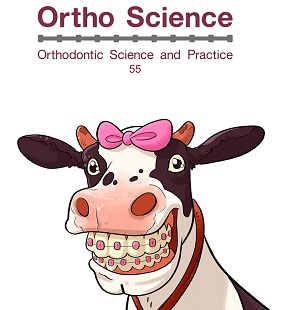Vol. 14 – Number 55 – 2021 Original article Page 75-81 Temporomandibular joints position assessment in Angle Class I, II and III in an argentinian population sample María Magdalena Borrazás¹ Soledad Ruscitti² Andrea Erica Bono³ Abstract This study was conducted in order to analyze the relationship between the position of mandibular condyles in the glenoid fossa in patients with Angle Class I, II and III compared to the values suggested by Dr. Robert Ricketts, determine which measurements might be associated with healthy individuals and define whether there are similar measurements and to compare the measurements between left and right sides in the same patient. A hundred and twenty-two laminographies of Argentinian patients who had received no previous orthodontic treatment divided according to Angle malocclusion classification were assessed. The relationship between mandibular condyle position and the glenoid cavity varied according to the different molar classes. Taking Rickett’s values as a reference point, Class I patients showed a condyle positioned upward and backward, whereas Class II patients presented an upward and forward placement, and Class III patients a downward and backward one. A highly significant (H/S) difference was obtained in relation to Rickett’s values in Class II p= 0,000 (H/S) and Class III p= 0,000 (H/S) superior measurements. Regarding posterior measurements, the difference in Class I was significant (S) p=0,015 (S) and in Class III was high significant (H/S) p= 0,000 (H/S). It was also observed that 109 patients of the total sample didn’t have any coincidence in the position of the right side with the left side. The mandibular condyle position in the glenoid cavity shows no clearly defined values to be determined as possible norms, since it varied according to Angle’s molar relationship. This study emphasized the differences in condilar position in the different molar relationships and in the same patient. Descriptors: Condilar position, TMJ, laminographies. ¹ Specialist in Orthodontics – National University of La Plata. ² Specialist in Orthodontics and TMJ, Professor of Treatment Mechanics – CEO-FOLP-UNLP, PhD in Dentistry. DOI: 10.24077/2021;1455-7581
This content is restricted to site members. If you are an existing user, please log in. New users may register below.




